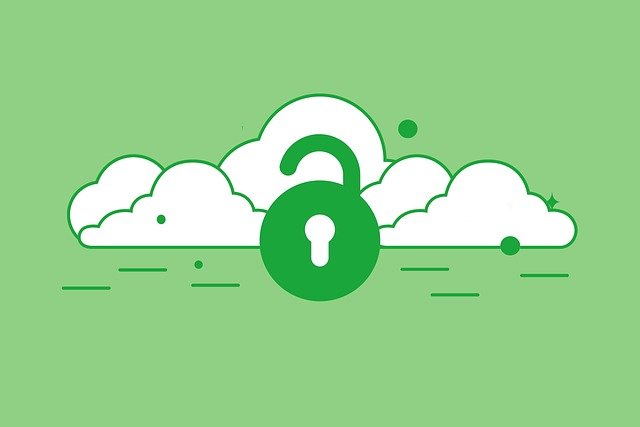Handling file uploads is a common feature in modern web applications. Whether you’re allowing users to upload profile images, documents, resumes, or media files, a PHP file upload system makes this functionality possible. However, with convenience comes risk. If not handled properly, file uploads can become a major security vulnerability. That’s why building a secure file upload system in PHP is not only essential — it’s non-negotiable.
Why Secure File Uploads Matter in PHP
Unsecured file uploads in PHP can allow attackers to upload malicious scripts, take control of your server, or disrupt your website’s performance. Common attacks include uploading .php or .exe files disguised as images or documents. Without proper validation, a vulnerable PHP upload system can be exploited to execute arbitrary code, overwrite critical files, or flood your server with large data.
When creating a secure PHP file upload system, your main objective is to validate, sanitize, and restrict everything — the file type, size, name, and destination directory. This ensures that only safe, expected files are allowed into your system.
Understanding How PHP File Upload Works
When a user submits a form with a file input, PHP stores the uploaded file temporarily on the server. You access this file through the global $_FILES array. However, this temporary storage doesn’t guarantee that the file is safe or valid. You must still move it to a permanent location manually — but only after confirming that it meets your upload policy.
This basic structure is where many developers make mistakes. They either trust the file’s extension, ignore its MIME type, or fail to check for actual content. A secure PHP file upload system performs multiple checks at every step.
Validating File Type and MIME Content
One of the most critical steps in securing a PHP file upload feature is ensuring that only specific file types are allowed. This means checking both the file extension (e.g., .jpg, .png, .pdf) and the MIME type (e.g., image/jpeg, application/pdf). Relying on file extensions alone is dangerous, as attackers can rename a .php file to .jpg.
A good practice is to define a strict whitelist of accepted formats. For example, if you’re building an image uploader, only accept .jpg, .png, or .gif formats and block all others. You should also verify the MIME type using PHP’s finfo class or similar techniques to inspect the actual file content.
Limiting File Size and Image Dimensions
Large files can crash your server or fill up disk space quickly. In PHP, you can define maximum file sizes both in your php.ini configuration (upload_max_filesize and post_max_size) and in your code logic. It’s also wise to set a maximum image resolution if you’re allowing image uploads.
Secure PHP file upload systems should enforce both size and dimension restrictions to protect resources and ensure a smooth user experience.
Storing Uploaded Files Securely
Never store uploaded files in publicly accessible directories, such as /uploads/ inside your web root, without precautions. If files are accessible via direct URL, attackers can exploit them, especially if you mistakenly allow executable content.
A better approach is to store uploaded files outside the public folder and serve them through a PHP script that checks access permissions. Additionally, rename the uploaded file to a random string or hashed filename to avoid filename collisions or malicious overwriting.
Preventing Overwrites and Directory Traversal
Renaming uploaded files is important not just for uniqueness but also for security. Using user-submitted filenames can lead to directory traversal attacks or file overwrites. For example, a file named ../../index.php could try to overwrite a core part of your site.
A secure PHP file upload system generates a unique name — perhaps using a timestamp, random hash, or UUID — and restricts the destination folder’s permissions to disallow script execution.







